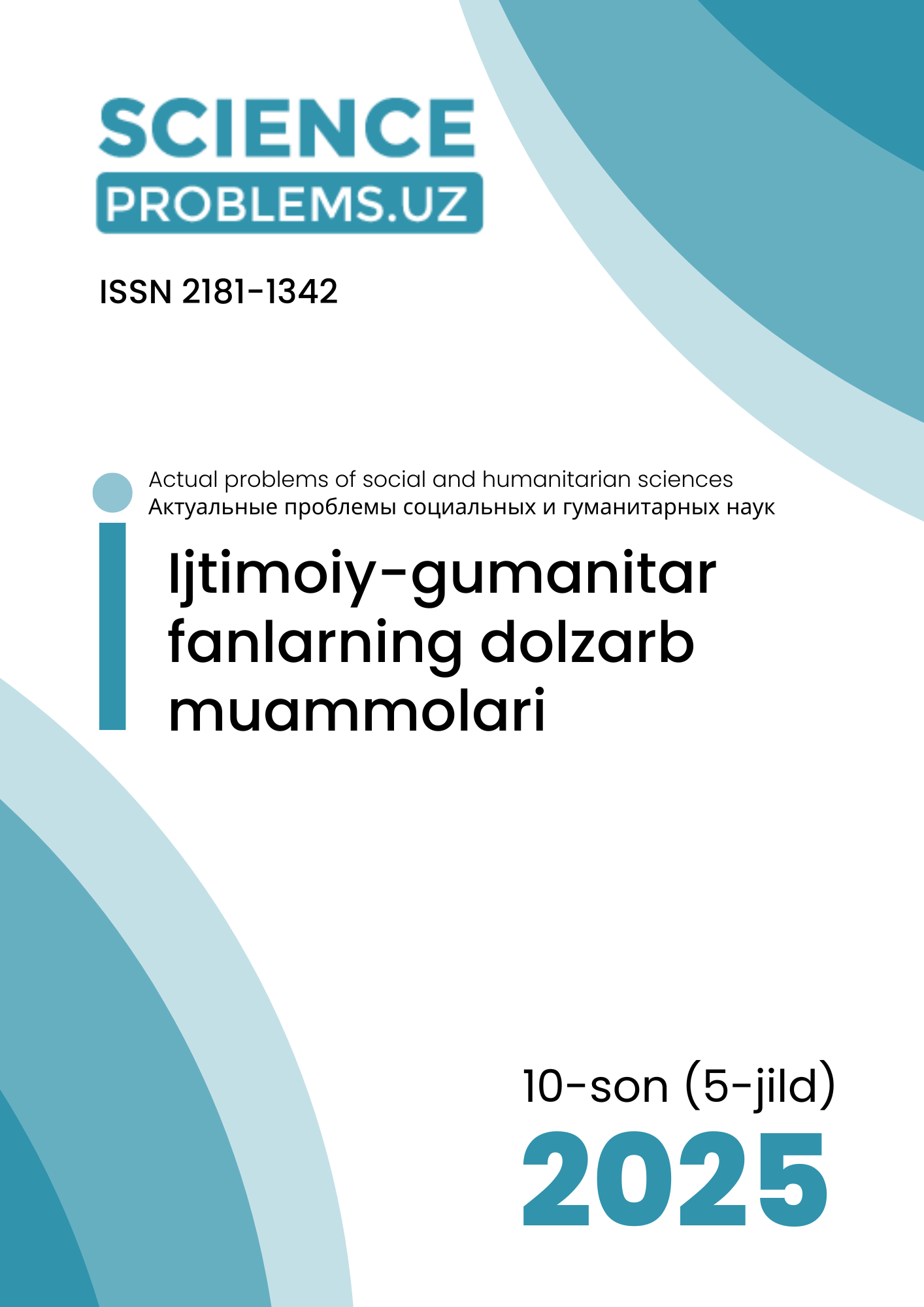NEOLOGISMS IN MEME LANGUAGE: VIOLATION OF NORMS OR INNOVATION? EVIDENCE FROM UZBEK DIGITAL DISCOURSE
DOI:
https://doi.org/10.47390/SPR1342V5I10Y2025N54Abstract
Memes circulating in digital environments rapidly introduce new units into Uzbek: abbreviations, hybrid spellings, blends, graphical enhancers and emojis. Using a corpus-based approach, this paper identifies and classifies meme-induced neologisms and examines how their apparent ‘norm violation’ intersects with innovative language change. The empirical base is a sample corpus of popular Telegram and Instagram posts from 2024–2025 (n≈1,000). Units of analysis include word-formation type, script (Latin/Cyrillic), emoji participation, meme format, and pragmatic function. We outline growth patterns, stabilization paths, and relations to standard norms, and offer recommendations for education, media and lexicography.
References
1. Aitchison, J. (2013). Language Change: Progress or Decay? Cambridge University Press.
2. Bauer, L. (1983). English Word-Formation. Cambridge University Press.
3. Crystal, D. (2011). Internet Linguistics: A Student Guide. Routledge.
4. Jiang, M., Ahrens, K., Shen, X., Lee, S. Y. M., & Huang, C.-R. (2025). Do new words propagate like memes? Journal of Chinese Linguistics, 53(1), 98–127.
5. Milroy, J., & Milroy, L. (1999). Authority in Language. Routledge.
6. O‘zbek tilining imlo qoidalari. (so‘nggi rasmiy nashr).
7. O‘zbek tilining izohli lug‘ati. O‘zbekiston Milliy Ensiklopediyasi nashri.
8. Plag, I. (2003). Word-Formation in English. Cambridge University Press.
9. Polvannazirova, S. Kh. (2025). Ingliz tilidan o‘zbek tiliga o‘tgan neologizmlar korpus tahlili. O‘zbekistonda xorijiy tillar, 11(2), 19–34.
10. Shifman, L. (2014). Memes in Digital Culture. MIT Press.
11. Yus, F. (2025). Emoji Pragmatics. Palgrave Macmillan.
12. Zhou, N., Jurgens, D., & Bamman, D. (2024). Social Meme-ing: Measuring Linguistic Variation in Memes. Proceedings of NAACL 2024, 3005–3024.








